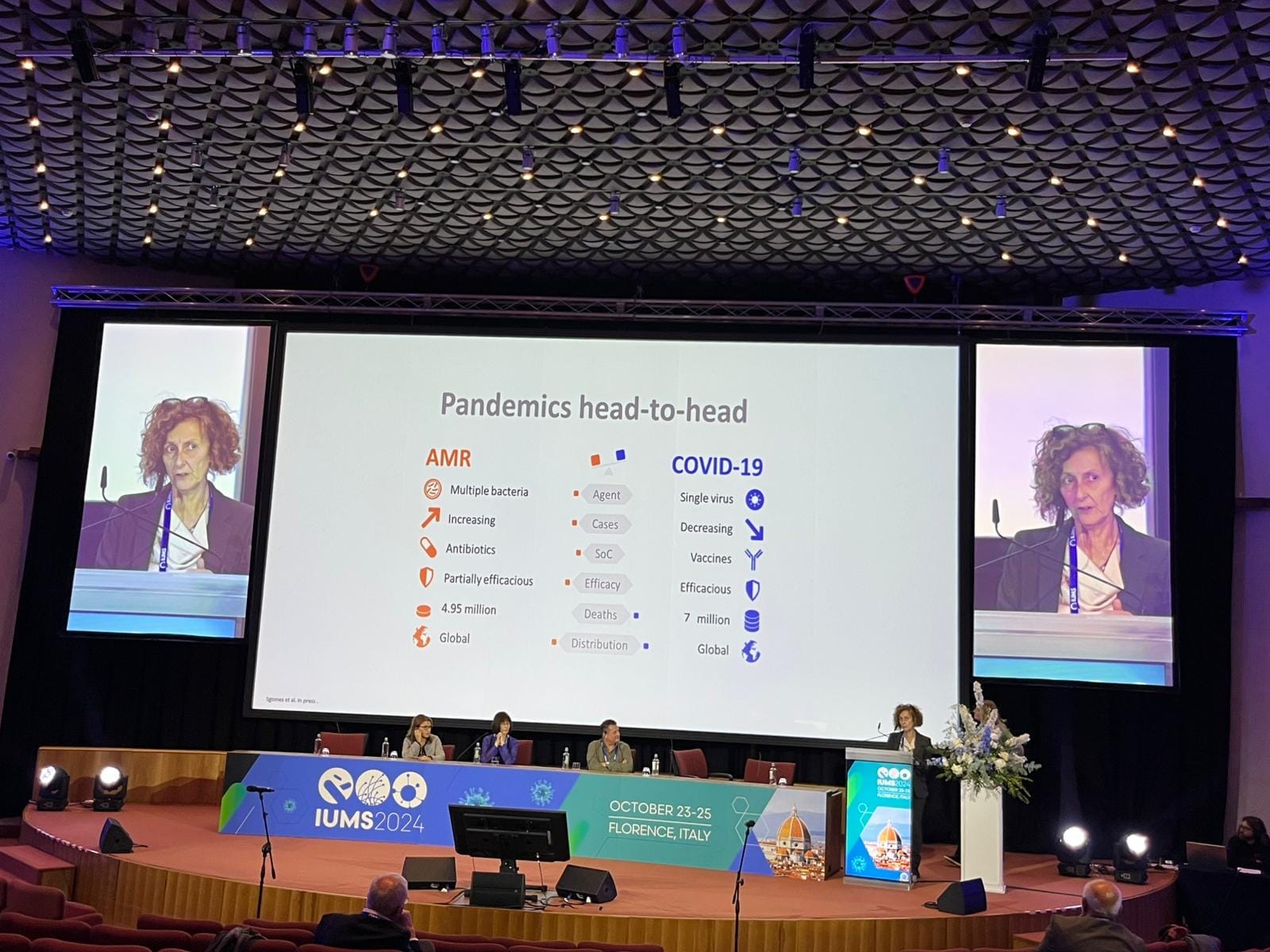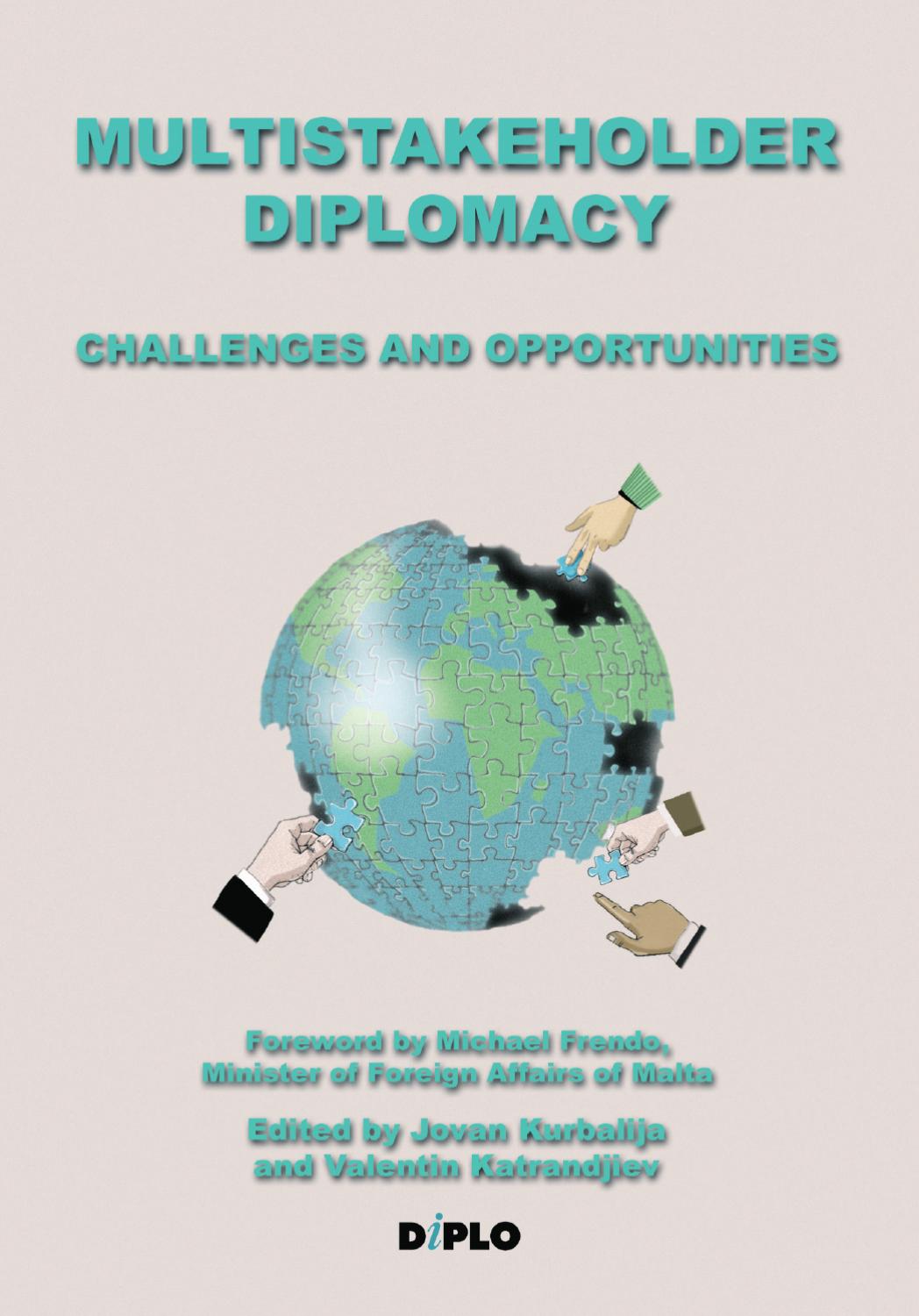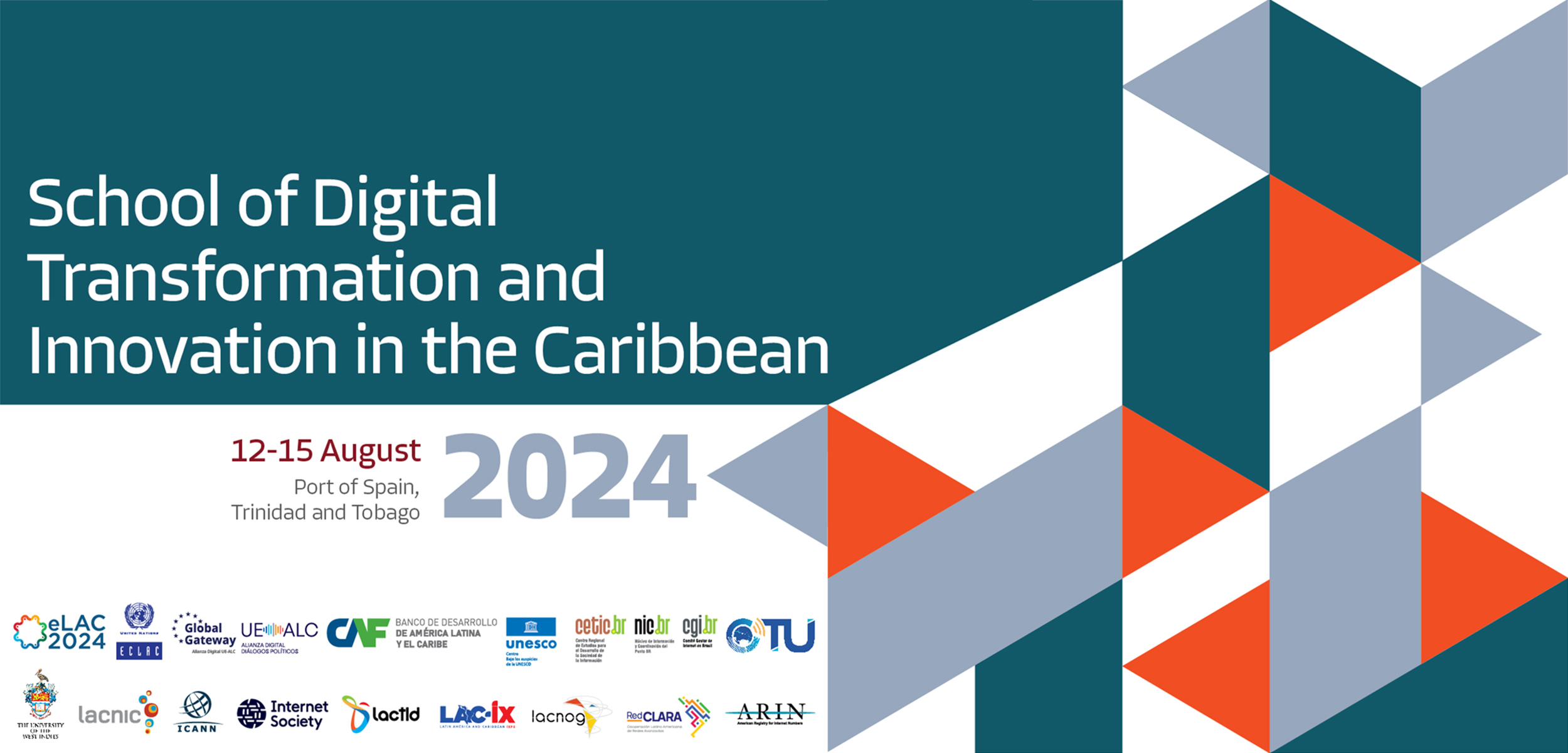A second child during China’s one-child policy becomes an immigration lawyer in the US
Introduction
I came into this world as the second child of my family during the stringent era of China’s one-child policy. To avoid governmental persecution, we took refuge in a secluded rural area where my mother was forced to give birth at home without any medical attention. As I grew older, my inquisitive nature drove me to question why my sister and I lived apart, and why I seemed to be the cause of additional paperwork at school. As a second child, my parents grappled with the bureaucracy of incorporating me into a system known as “hukou,” China’s household registration.
Challenges with Household Registration
This struggle with my household registration continued throughout my education in China, often leaving me on waiting lists. At times, I questioned my worth and intellect, wondering if my status as a second child somehow made me less intelligent than my peers. As fate would have it, when no other children were willing to join an English class in the early ’90s, I found my golden opportunity.
Exposure to Western Culture
My father played an instrumental role in nurturing my confidence to steadfastly pursue my beliefs while creating an environment conducive to enhancing my language skills. He would often surround me in a world of Hollywood movies, Disney films and American music. Our home became a sanctuary filled with CDs and tape recordings. Among my most cherished memories are the evenings when, after dinner, my father and I would embark on our little journey toward the local video rental store.
Immigrating to the US
Harboring questions and doubts, I journeyed to the U.S. to attend Ohio State University in fall 2011. Once there, I assumed a leadership role advocating for LGBTQ+ communities, beginning to share my experiences of unfair treatment related to my identities. Simultaneously, I discovered the inherent value of democracy: the opportunity for one’s voice to be heard, a right sadly denied in my homeland. Determined to amplify my voice and represent others like me—those denied opportunities because of their identities—I decided to pursue law school.
Interest in US Constitution and Immigration Law
During my time at Suffolk University Law School in Boston and my internship with U.S. District Judge Marianne B. Bowler, I became deeply intrigued by the U.S. Constitution’s commitment to ensuring due process and equal protection for every individual. The myriad interpretations of laws also caught my attention.
Transition to Immigration Practice
After graduating in 2017, in 2018 I returned to China, where I ventured into international arbitration, handling corporate disputes and white-collar crimes. But this work left me feeling disconnected from helping individuals, and I pivoted toward immigration practice.
Establishing L Law Firm
While I initially started this practice in China, I moved back to the U.S. in June 2022 due to my employer’s headquarters being in Washington, D.C. In November 2022, I established my own practice, L Law Firm.
Importance of Immigration Practice
In the U.S., there’s arguably no practice area quite like immigration. It’s incredibly challenging and intricate yet profoundly personal. Immigration policy frequently changes, and I vividly recall how particularly arduous it was practicing during Donald Trump’s presidency and COVID-19, with many stringent and often unjust policies. But it must be said that being an immigrant in the U.S. is never an easy path. The immigration process involves months, years and even decades of waiting.
Empathy and Advocacy
Through my own experiences, I often empathize with my clients, understanding their feelings because I’ve walked in their shoes. Most of my immigration practice revolves around assisting highly skilled immigrants such as researchers, engineers, entrepreneurs and numerous other extraordinary professionals. In parallel, I am spearheading initiatives within my practice to advocate for LGBTQ+ family reunifications. Crucially, I am devoted to providing pro bono services, cognizant of the many individuals unable to afford legal assistance.
Pro Bono Case
One of my pro bono cases involved a student at State University of New York in Buffalo who faced an unexpected predicament due to COVID-19 travel restrictions. Originally, he had planned to visit his home in China for the summer break, but he chose instead to remain in the U.S. and enroll in summer classes. Regrettably and unbeknownst to him—with no prior notice from the international student office—he neglected to renew his I-20 form before his summer classes commenced.
Continuing the Journey
My journey from a concealed second child in China to a lawyer in the U.S. has been shaped by my experiences, driving my mission to help others surmount challenges and advocate for justice. As a young child eager to find a place for himself, I discovered my path through the legal profession. Despite confronting hardships related to status and identity, I found my voice by learning and practicing law. Even more profoundly, I became a voice for others.
Conclusion
People are drawn to the legal profession for various reasons. For me, it was a journey of self-discovery, a platform to assert my identity and a means to make a difference. My father saw me become an attorney, but he passed away in 2019, approximately six months after my bar admission. Despite the loss, his words continue to inspire me, echoing in my work and guiding my path. And my journey continues.
This story was originally published in the December 2023-January 2024 issue of the ABA Journal under the headline: “Finding My Voice: A second child during China’s one-child policy becomes an immigration lawyer in the U.S.”
Linchi Liang is the principal attorney at L Law Firm in Washington, D.C., specializing in immigration for highly skilled professionals, including scientists, entrepreneurs, lawyers and those in the entertainment sector. He is a recipient of the ABA’s 2023 On the Rise—Top
SDGs, Targets, and Indicators
| SDGs | Targets | Indicators |
|---|---|---|
| SDG 4: Quality Education | Target 4.1: By 2030, ensure that all girls and boys complete free, equitable and quality primary and secondary education leading to relevant and effective learning outcomes | No specific indicators mentioned in the article |
| SDG 5: Gender Equality | Target 5.1: End all forms of discrimination against all women and girls everywhere | No specific indicators mentioned in the article |
| SDG 10: Reduced Inequalities | Target 10.2: By 2030, empower and promote the social, economic and political inclusion of all, irrespective of age, sex, disability, race, ethnicity, origin, religion or economic or other status | No specific indicators mentioned in the article |
| SDG 16: Peace, Justice and Strong Institutions | Target 16.3: Promote the rule of law at the national and international levels and ensure equal access to justice for all | No specific indicators mentioned in the article |
| SDG 17: Partnerships for the Goals | Target 17.17: Encourage and promote effective public, public-private and civil society partnerships, building on the experience and resourcing strategies of partnerships | No specific indicators mentioned in the article |
1. Which SDGs are addressed or connected to the issues highlighted in the article?
- SDG 4: Quality Education
- SDG 5: Gender Equality
- SDG 10: Reduced Inequalities
- SDG 16: Peace, Justice and Strong Institutions
- SDG 17: Partnerships for the Goals
2. What specific targets under those SDGs can be identified based on the article’s content?
- Target 4.1: By 2030, ensure that all girls and boys complete free, equitable and quality primary and secondary education leading to relevant and effective learning outcomes (SDG 4)
- Target 5.1: End all forms of discrimination against all women and girls everywhere (SDG 5)
- Target 10.2: By 2030, empower and promote the social, economic and political inclusion of all, irrespective of age, sex, disability, race, ethnicity, origin, religion or economic or other status (SDG 10)
- Target 16.3: Promote the rule of law at the national and international levels and ensure equal access to justice for all (SDG 16)
- Target 17.17: Encourage and promote effective public, public-private and civil society partnerships, building on the experience and resourcing strategies of partnerships (SDG 17)
3. Are there any indicators mentioned or implied in the article that can be used to measure progress towards the identified targets?
No specific indicators are mentioned or implied in the article that can be used to measure progress towards the identified targets.
4. SDGs, Targets, and Indicators
| SDGs | Targets | Indicators |
|---|---|---|
| SDG 4: Quality Education | Target 4.1: By 2030, ensure that all girls and boys complete free, equitable and quality primary and secondary education leading to relevant and effective learning outcomes | No specific indicators mentioned in the article |
| SDG 5: Gender Equality | Target 5.1: End all forms of discrimination against all women and girls everywhere | No specific indicators mentioned in the article |
| SDG 10: Reduced Inequalities | Target 10.2: By 2030, empower and promote the social, economic and political inclusion of all, irrespective of age, sex, disability, race, ethnicity, origin, religion or economic or other status | No specific indicators mentioned in the article |
| SDG 16: Peace, Justice and Strong Institutions | Target 16.3: Promote the rule of law at the national and international levels and ensure equal access to justice for all | No specific indicators mentioned in the article |
| SDG 17: Partnerships for the Goals | Target 17.17: Encourage and promote effective public, public-private and civil society partnerships, building on the experience and resourcing strategies of partnerships | No specific indicators mentioned in the article |
Behold! This splendid article springs forth from the wellspring of knowledge, shaped by a wondrous proprietary AI technology that delved into a vast ocean of data, illuminating the path towards the Sustainable Development Goals. Remember that all rights are reserved by SDG Investors LLC, empowering us to champion progress together.
Source: abajournal.com

Join us, as fellow seekers of change, on a transformative journey at https://sdgtalks.ai/welcome, where you can become a member and actively contribute to shaping a brighter future.






